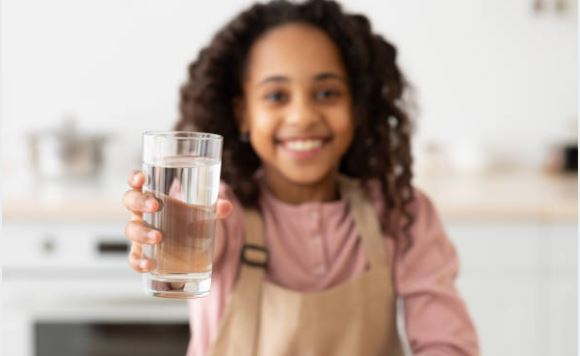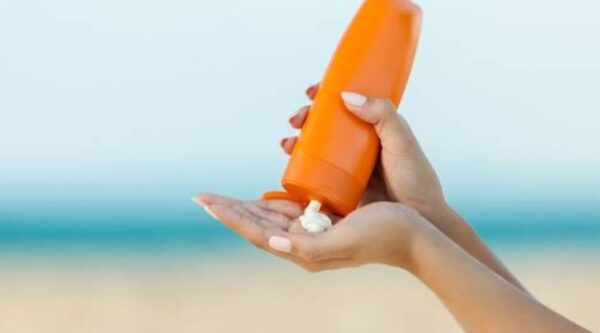Lifestyle
How to increase your kids’ water intake in winter

It’s not simple to make sure that our children are drinking enough water. In particular for their developing, energetic tiny bodies during the winter.
Explaining to kids why they need to drink when they don’t feel thirsty or even hot can be a little challenging during the winter.
As water strengthens our children’s immune systems and guards against illness during the peak cold and flu season, good eating and hydration habits are equally important to address in the winter as they are in the summer.
1. Teach the child the symptoms of thirst
In the winter especially, it can be challenging for parents to recognise a kid who is dehydrated. Starting points for babies include a dry mouth, no tears during sobbing, and up to 6–8 wet diapers per day. However, toddlers and kids can be educated about the thirst signs they should not ignore. Paediatricians frequently identify grumpiness, irritability, and a dearth of bathroom visits in younger children as symptoms of dehydration. Cloudy thinking, lightheadedness, exhaustion, headaches, poor athletic performance, and nausea are other signs that something is off in older kids.
2. Offer them juicy veggies and fruits
3, Start early with good hydration habits
Starting to develop healthy drinking habits and encouraging regular water consumption in young children is a smart idea. Age, size, and level of activity are a few characteristics that affect how much your child needs. Children under the age of eight should, on average, consume 4-5 glasses of water each day. It is advised to use at least 6 glasses for children who are older—9 years old and older. Make sure children of all ages can easily obtain water and glasses, and give frequent reminders throughout the day.
4. Make a water intake goal
An excellent option is to buy your children a time-measured, portable, refillable water bottle for school. The container should have daily times marked on it so that your children can drink up to two litres of water each day. If not, setting up a timetable for drinking every two hours might also be helpful, such as before their favourite TV show or any physical exercise. Even if you aren’t going anywhere, have a full water bottle nearby for the kids’ daily drinks. Allow your children to choose out a bottle in their preferred colour or with a favourite figure or image on it. Water should be served with meals and snacks, and drinking water should be encouraged after exercise. Do the same for yourself, too. Lead by example as it helps kids to mimic better.
5. Taking care of fussy child’s hydration needs
Parents might try different hydrating foods if their picky kids don’t like to drink water. Offer them lemonade or any other homemade juice with fewer sugar additions. When it comes to hydrating your child’s body, tender coconut water and the flesh perform best. Encourage them to consume water-rich fruit juices like mosambi, orange, and Kinnow. The high levels of vitamin C and antioxidants in these water-rich fruits strengthen a child’s immune system and shield them from diseases like the flu and the common cold.










